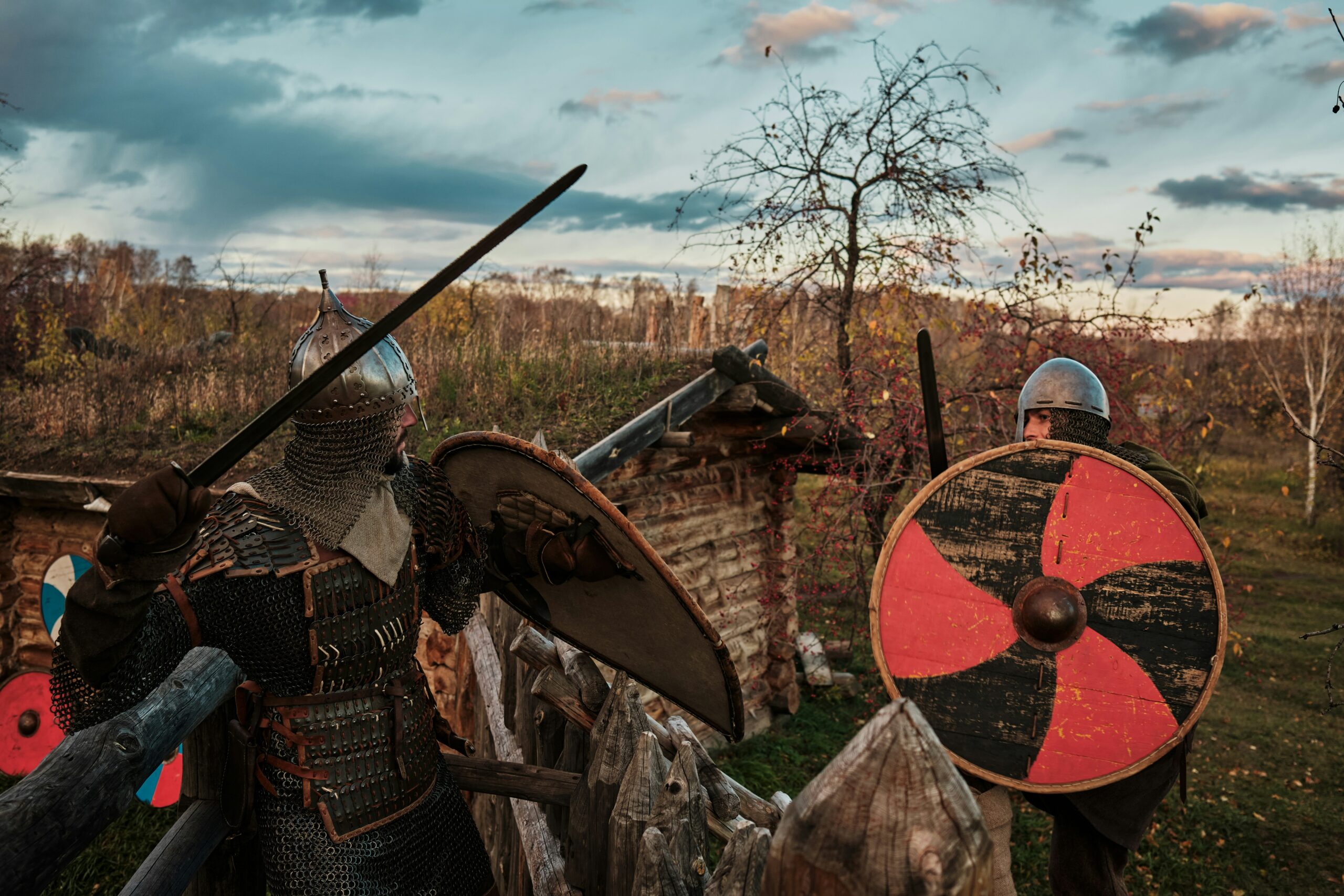
War has shaped the rise and fall of civilizations, determined borders, and influenced how societies are organized. From ancient empires clashing with spears and shields to modern armies relying on satellites and cyber intelligence, military history is full of turning points that continue to shape our world today. Let’s explore some of the defining moments in warfare that reveal not just how battles were fought, but how they changed the course of human history.
The Battle of Marathon and the Birth of Western Confidence
In 490 BCE, Greek soldiers faced off against the mighty Persian Empire at Marathon. Against all odds, the outnumbered Athenians managed to defeat their opponents using tight formations and superior tactics. This victory was more than just a battle won—it was a psychological triumph. It proved that small, organized city-states could resist vast empires, laying the groundwork for the cultural and political flowering of ancient Greece. It’s from this story that we even get the modern “marathon” race, commemorating the legendary messenger who ran to Athens to announce the victory.
Rome’s Military Machine and the Empire That Followed
Few forces in history were as disciplined as the Roman legions. Their ability to build roads, establish supply lines, and adapt to different enemies made Rome a superpower for centuries. The Roman army didn’t just conquer; it integrated people into a larger system. Forts became towns, and towns grew into cities. The legacy of this military efficiency can still be seen in Europe today, from straight Roman roads to cities that started as military outposts. Rome’s model showed that military power could be a foundation for enduring governance.
The Mongol Conquests and the First Global Network
Fast forward to the 13th century, when Genghis Khan and his successors created the largest land empire in history. The Mongols were fierce horsemen, using speed and adaptability to outmaneuver their enemies. Yet their impact went far beyond the battlefield. They opened trade routes, connected East and West, and allowed for a surprising amount of cultural exchange. Paper, gunpowder, and even foods traveled across Mongol-controlled lands, laying the early groundwork for globalization. Their example proves that warfare, brutal as it was, can accelerate the flow of ideas and technologies across continents.
Gunpowder and the End of Medieval Castles
The introduction of gunpowder weapons in Europe during the late Middle Ages changed warfare forever. Castles that had stood for centuries were suddenly vulnerable to cannon fire. This shift forced armies and rulers to rethink defense and strategy. Warfare became less about fortified walls and more about mobility and firepower. For everyday people, this meant the decline of feudal lords’ strongholds and the rise of centralized nation-states. Military innovation, in this case, helped pave the way for the modern political order.
The American Revolution and the Power of Persistence
When colonists in North America rose against the British Empire in the 18th century, they didn’t have the largest or best-trained army. What they did have was determination, knowledge of the terrain, and the ability to adapt. Guerrilla-style tactics, combined with key alliances—most notably with France—eventually led to independence. The Revolution showed the world that smaller powers could overcome seemingly unbeatable empires through persistence and strategy. Its success inspired movements far beyond America, fueling ideas of freedom and self-determination across the globe.
World War I and the Shock of Industrial Warfare
The First World War introduced the world to the horrors of mechanized combat. Trenches, machine guns, tanks, and chemical weapons transformed the battlefield into something unrecognizable from earlier centuries. Millions of soldiers endured years of stalemate, and the scale of casualties stunned the world. Beyond the devastation, the war reshaped societies. Empires crumbled, new nations were born, and the League of Nations was formed in an attempt—though unsuccessful—to prevent such destruction from happening again. World War I reminds us that technology, once harnessed for war, can reshape societies in ways no one anticipates.
World War II and the Nuclear Age
Just two decades later, the world found itself engulfed in an even larger and deadlier conflict. World War II combined speed, strategy, and terrifying new weapons. The Blitzkrieg tactics of Nazi Germany changed how wars began, while the Allied response showcased the importance of global cooperation. The war ended with the dropping of atomic bombs on Hiroshima and Nagasaki, ushering in the nuclear age. For the first time, humanity had the power to destroy itself entirely. The lessons of World War II still shape international relations, from the formation of the United Nations to ongoing efforts at arms control.
Modern Warfare: From Cyber Attacks to Drones
Today, war looks very different from the clashing armies of the past. Satellites track troop movements, drones carry out airstrikes without risking pilots’ lives, and cyber warfare targets infrastructure from halfway across the world. While these methods may seem distant from everyday life, their effects ripple outward. Cyberattacks can disrupt hospitals, banks, or power grids, affecting millions of civilians. Drones and precision strikes can alter conflicts without large-scale invasions. For ordinary people, this means that the frontlines of war can feel much closer to home—even if the battlefield is thousands of miles away.
Final Thoughts: What History Teaches Us About Conflict
Looking back at warfare through the ages, one thing becomes clear: military history is also human history. Each battle, invention, and shift in tactics carried consequences far beyond the battlefield. From the rise of empires to the birth of nations, war has shaped the world we live in today. While the methods of warfare continue to evolve, the lessons remain consistent: resilience, adaptability, and the pursuit of peace matter just as much as strength on the battlefield.